Table of Contents Show
On March 4, 1966, John Lennon was interviewed for the London newspaper The Evening Standard. In the interview, he was quoted as saying:
“Christianity will go. It will vanish and shrink. I needn’t argue about that; I’m right and I’ll be proved right. We’re more popular than Jesus now; I don’t know which will go first – rock ‘n’ roll or Christianity.”
1Cleave, Maureen. How Does A Beatle Live? John Lennon Lives Like This. The Evening Standard. 1966, Mar 4.
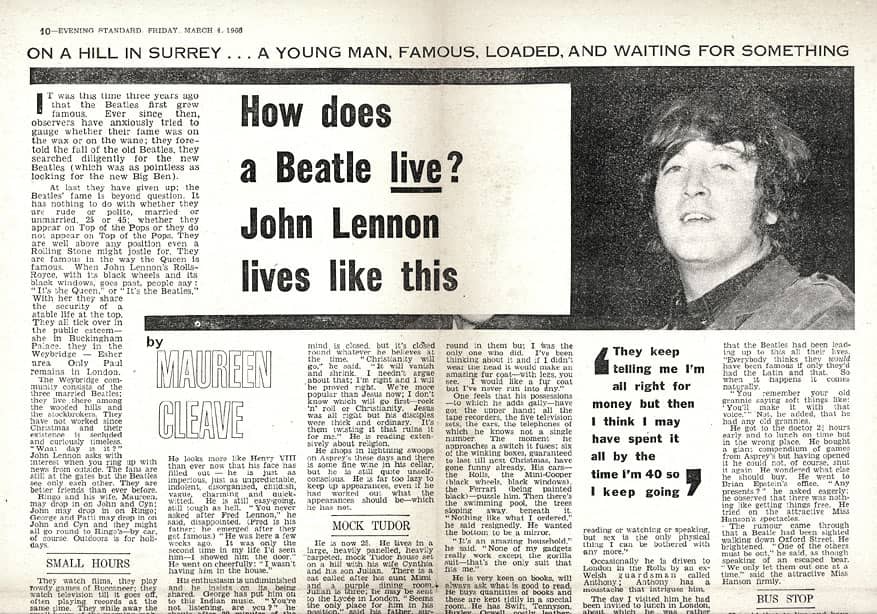
The interview didn’t create much controversy in the UK, but when republished in the US, it set off a chain of events and conversations that would eventually, in part, lead to the death of John Lennon.
When artists and fandoms become so immensely popular that their cultural significance can be compared, by some, to figures as monumental as Jesus, a critical question arises: what comes next for them?
“Beatlemania”
The term “Beatlemania” was created to describe the obsessive, primarily female-led, screaming fanaticism for The Beatles that seemed to be unlike anything people had seen before.
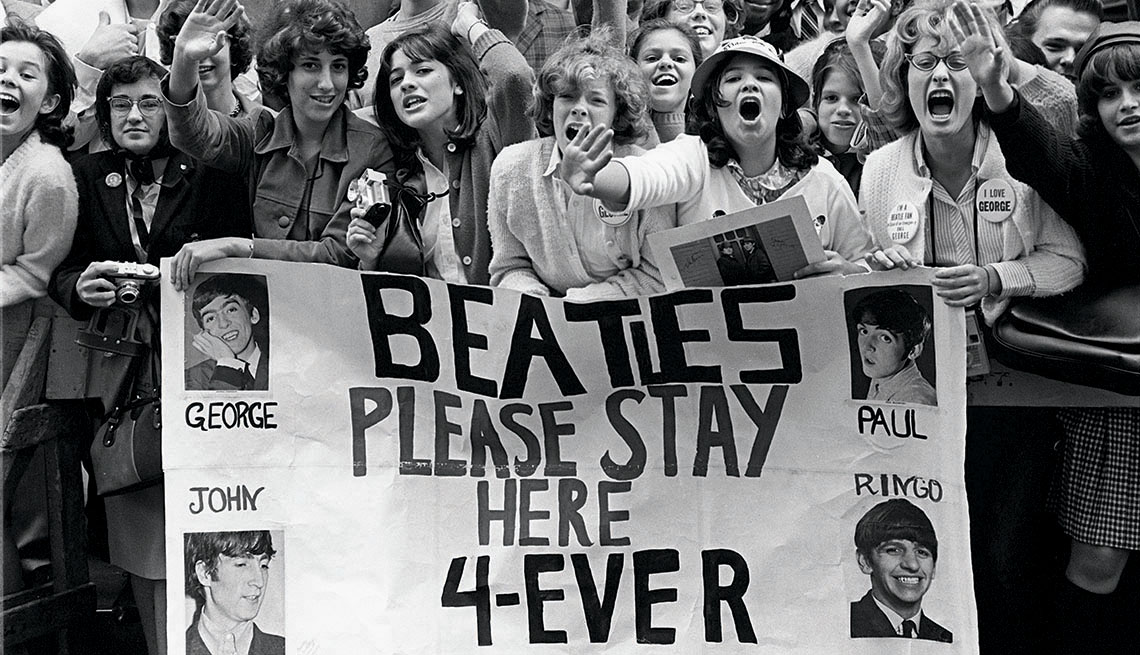
Though Frank Sinatra and Elvis Presley had also amassed this huge, screaming teenage girl fan base, The Beatles were uniquely popular for two reasons: the Baby Boom and the availability of televisions in most homes. Not only were there more teenagers than ever before in the ’60s, but there were also more households with televisions than ever before.2Lynskey, Dorian. Beatlemania: ‘the screamers’ and other tales of fandom. The Guardian. 2013, Sep 28. This combination brought The Beatles to a new level of fanaticism.
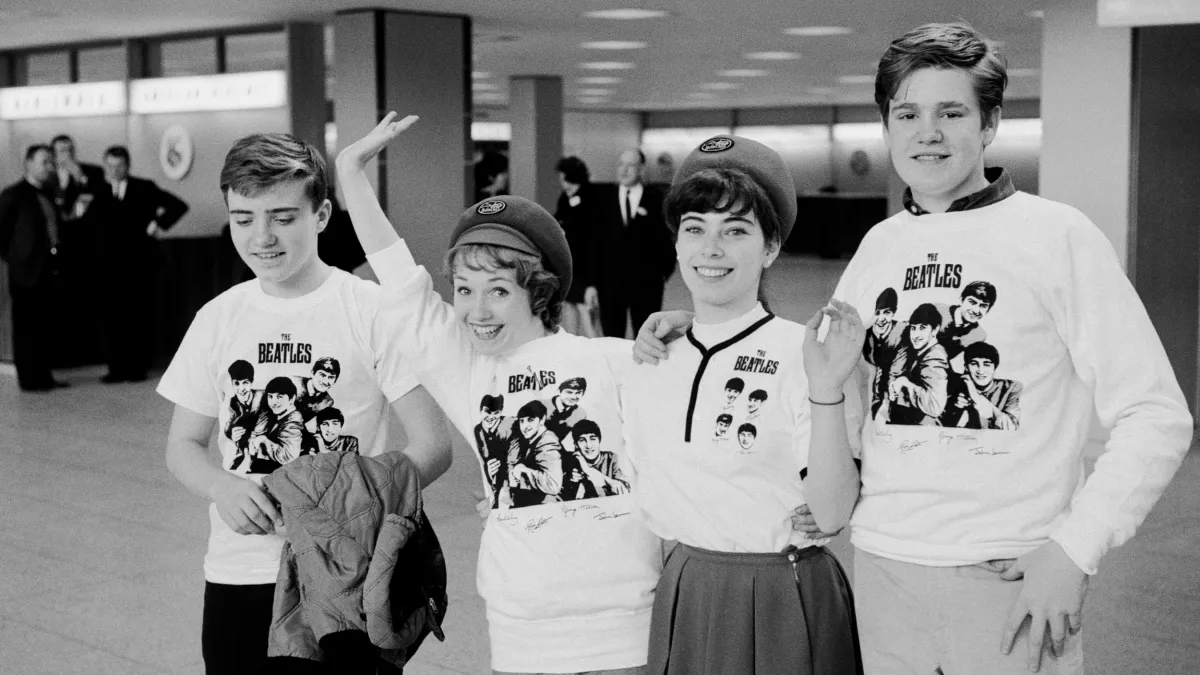
When exactly the “Beatlemania” term was first used is debated. The first documented use was published by journalist Vincent Mulchrone in an article for The Daily Mail in 1963, around the time The Beatles were really rising to popularity in the UK, with the headline “This Beatlemania.”3Wickman, Forrest. “BEATLEMANIA!” Is Born. Slate. 2013, Oct 24.
However, concert promoter Andi Lothian claims he remembers saying it a few months before Mulchrone in an exchange with a radio reporter. Apparently, at a concert in Glasgow, the radio reporter turned to him in response to seeing the hordes of screaming fangirls and asked, “For God’s sake Andi, what’s happening?” To which Lothian replied:
“Don’t worry, it’s only …. Beatlemania.”
4Lynskey, Dorian. Beatlemania: ‘the screamers’ and other tales of fandom. The Guardian. 2013, Sep 28.
Regardless of the term’s origin, it would only grow to become more fitting for the response to the band. By February of 1964, The Beatles were performing on The Ed Sullivan Show to an audience of seventy-three million live viewers5Beaumont, Mark. Crazed girls, loose bladders, and JFK: How The Beatles defied the odds to break America. The Independent. 2024, Feb 7., which was around 40% of the United States population at the time.6Estimates of the Population of the United States January 1, 1950 to May 1, 1964. Census.gov. 1964, Jun 12.
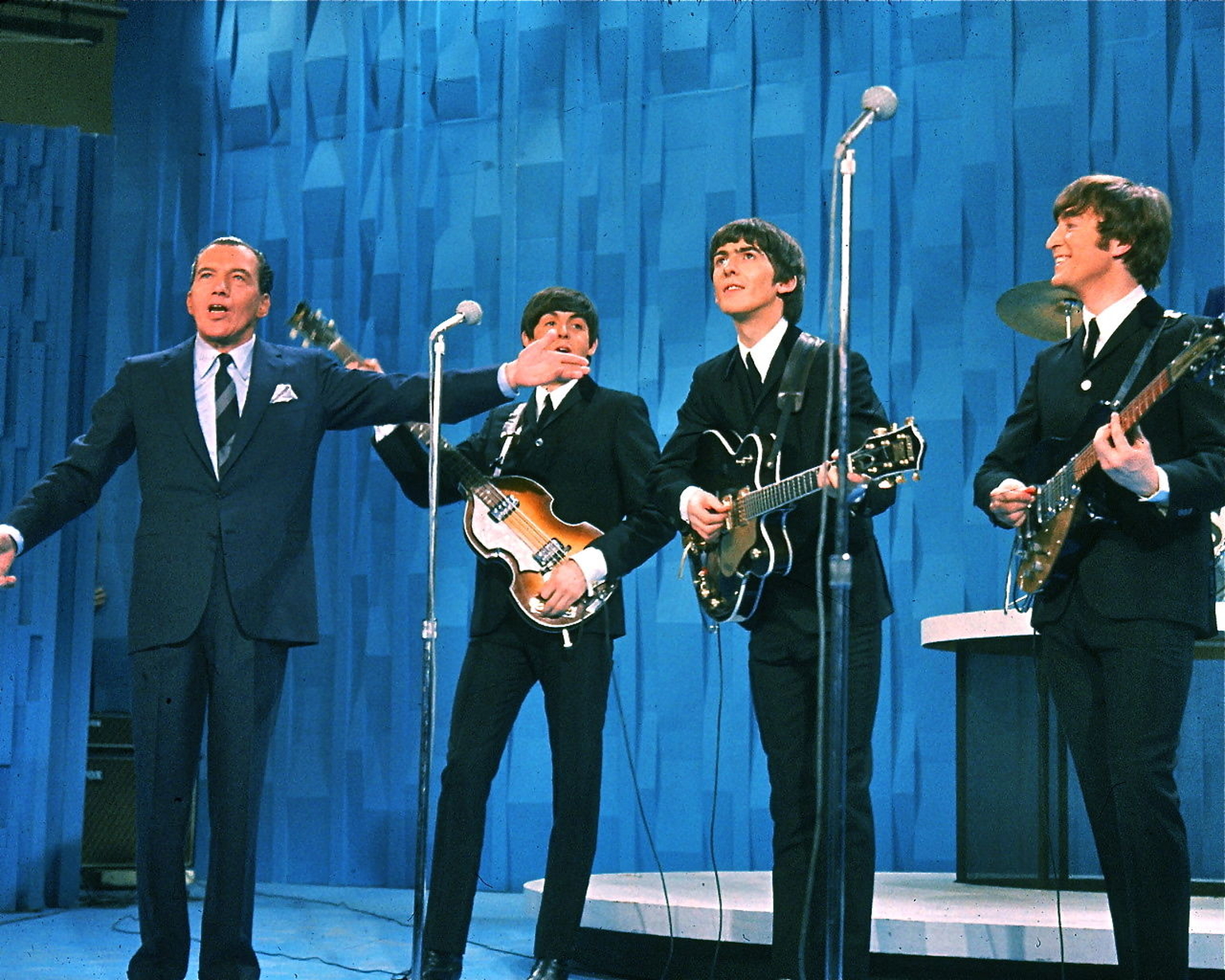
Throughout the ’60s The Beatles dominated the charts in a way that no artist had before them7Zellner, Xander. 10 Chart Records The Beatles Still Hold on the Hot 100 or Billboard 200. Billboard. 2023, Nov 14., but it wasn’t just their music and charisma that propelled them into such popularity — the concept of Beatlemania was turning casual listeners of pop music into full-on, obsessively devoted fans of the band.
John Lennon’s 1966 interview proved that the very thing that skyrocketed The Beatles into popularity — Beatlemania — was also what destroyed them.
Before proceeding further, it is important to examine Taylor Swift, who could arguably be regarded as the modern equivalent of The Beatles.
“The Modern-Day Equivalent Of The Beatles” — Taylor Swift
Taylor Swift had many years of being popular and in the public consciousness before she rose to Beatlemania-like popularity. Like The Beatles, Swift also hit the jackpot in being in the right place at the right time. The Beatles were coming off the Baby Boom and the popularization of televisions in every household, and entering into an uncertain time in American history — JFK had just been assassinated, the US involvement in the Vietnam war was increasing — when people were looking for a distraction.
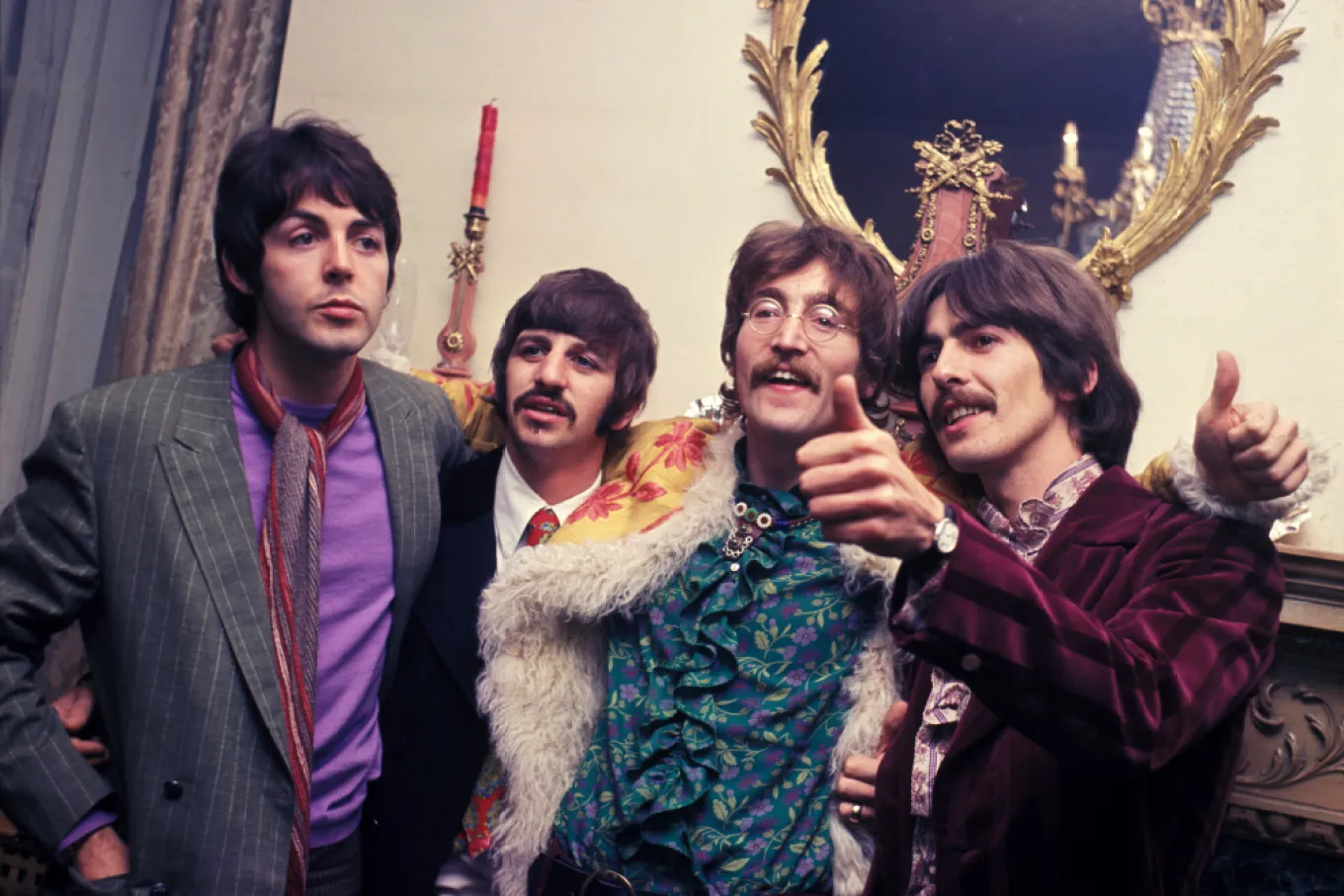
Similarly, Taylor Swift began rising to her peak during the COVID-19 pandemic — everyone was scared, uncertain, and using social media more than ever before. Swift released two albums in 2020, Folklore8Taylor Swift. “Folklore.” Taylor Swift, 2020. Spotify. and Evermore9Taylor Swift. “Evermore.” Taylor Swift, 2020. Spotify., both of which went number 1 and received a lot of critical acclaim.10Yglesias, Ana Monroy. Taylor Swift Wins Album Of The Year For ‘Folklore’ | 2021 GRAMMY Awards Show. Grammy. 2021, Mar 15.
By the time COVID restrictions were being lifted in 2022, Swift released another album, Midnights11Taylor Swift. “Midnights.” Taylor Swift, 2022. Spotify., and planned her biggest tour ever, The Eras Tour. The Eras Tour was another perfectly timed venture — it happened just when people were more eager than ever to get out of their houses and see live music.

The Eras Tour ended up being the highest-grossing tour of all time, even inspiring a mash-up word created to explain a new phenomenon related to a musician like Beatlemania: “Swiftonomics.” Dubbed by economic analyst Augusta Saraiva, it explains the “post-COVID demand shock” that arose for seeing The Eras Tour live.12Saraiva, Augusta. Welcome to ‘Swiftonomics’: What Taylor Swift reveals about the U.S. economy. Los Angeles Times. 2022, Nov 23. By the end of the tour, the total amount it is expected to gross will be over two billion dollars.13McCluskey, Megan. As Taylor Swift’s Eras Tour Hits One Year, Let’s Take a Look at Its Staggering Numbers. Time Magazine. 2024, Mar 15.
In addition to Swift and The Beatles both having been “in the right place at the right time,” they also share another similarity: their fan bases. Both Swift and The Beatles had fans who were primarily girls in their teens or twenties. Despite the almost universal love for The Beatles now, fans at the height of their fame used to be characterized the same way Taylor Swift fans are characterized now: as “screaming teenage girls.”

And what comes with a primarily teenage girl fan base is plenty of criticism for that fan base; though this is nothing new. British conservative commentator Paul Johnson wrote a critical essay of The Beatles in 1964 in which he said that:
“Those who flock round the Beatles, who scream themselves into hysteria, are the least fortunate of their generation, the dull, the idle, the failures.”
14Johnson, Paul. The Menace of Beatlism. The New Statesman. 1964, Feb 28
Beatlemaniacs back then were thought to be excessively excited and invested in a way that some people couldn’t understand, but now, we see that they were witnessing one of the most infamous and influential bands of all time rise to popularity. This is generally how it goes, as a Vox article puts it, that “teenage girls drive popular culture forward and then get mocked for their troubles.”15Grady, Constance. Who runs the world? Not teen girls. Vox. 2021, Jun 21. We are now witnessing that same phenomenon again with Taylor Swift.
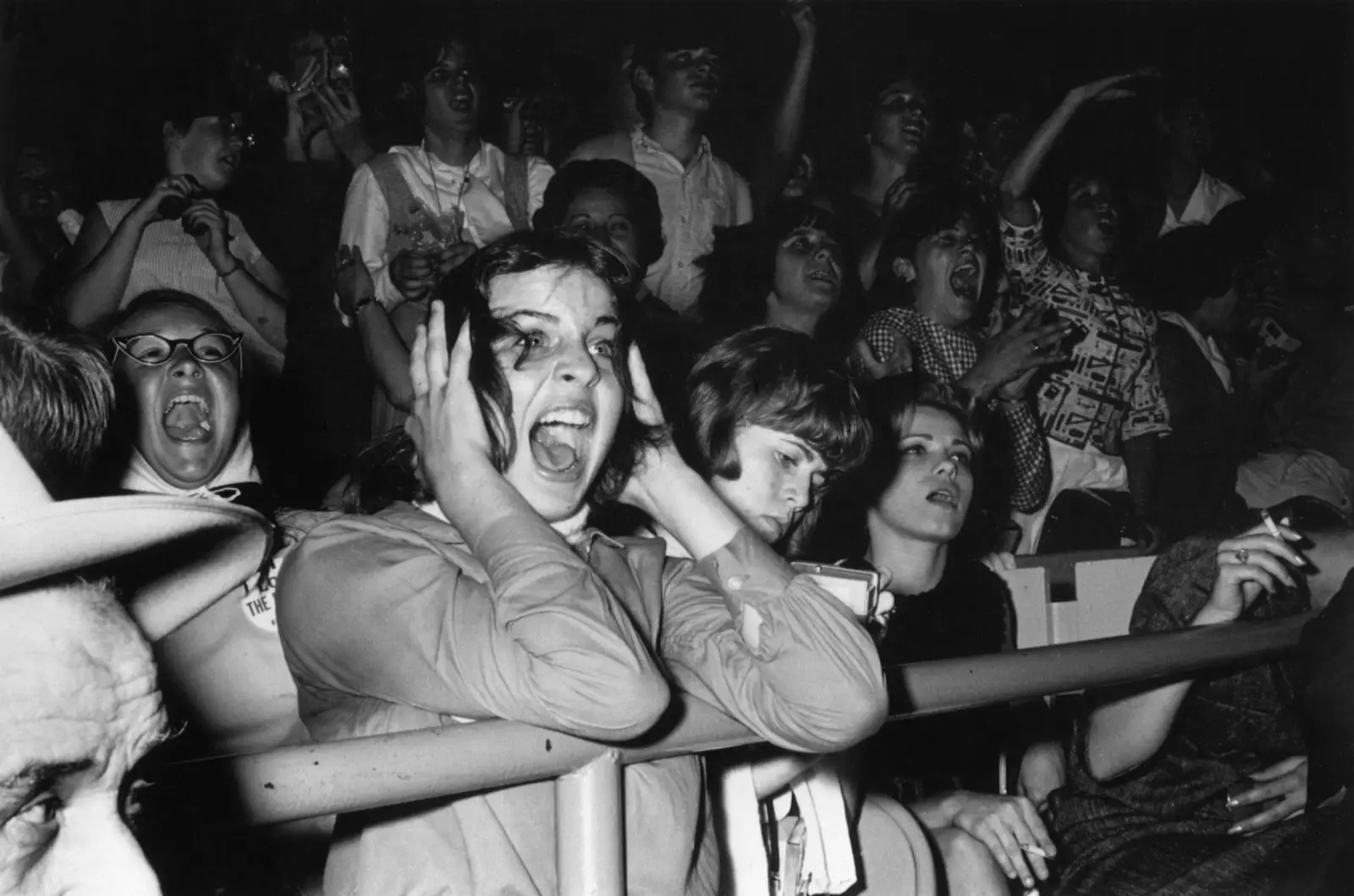
The last similarity Swift and The Beatles share is their fan bases’ parasocial relationships with them. “Parasocial” is a term that refers to a one-sided relationship between one person and someone else that they don’t know personally; like the relationship between an obsessive fan and a celebrity.16Martin, Roland. Parasocial interaction. Encyclopedia Britannica. 2023, Sep 22. When fans become more extreme, they might start to believe they are in some way friends with or personally know the celebrity.

This kind of relationship became more and more common as technology became more readily available. Before the internet or television, you could only see your favorite artist when at their concert. But the more and more technology we have, the more of the artists we are able to see and hear about. We saw this first with The Beatles, but now, with Taylor Swift, the degree to which people can develop parasocial relationships is higher than ever before — due in large part to social media and fan interaction. It seems like the key component that takes celebrities up to Beatlemania “status” is that recently increased availability to develop these parasocial relationships.
All in all, The Beatles and Taylor Swift both occupy a similar space in popular culture and in the world in general. Right now, it is impossible to read the news, listen to music, or go online in any form without seeing something about Taylor Swift. She is one of the most famous people ever, similar to how The Beatles were back in the day.

A recent survey even found that 53% of U.S. adults said that they were fans of Taylor Swift17 Dellatto, Marisa. More Than Half Of U.S. Adults Say They’re Taylor Swift Fans, Survey Finds. Forbes. 2023, Mar 14., which is actually a higher percentage than of those who watched that hugely popular Beatles performance on The Ed Sullivan Show back in 1964. She has had 264 songs out of her total of 274 songs on the Billboard Hot 10018Taylor Swift Chart History. Billboard. Accessed 2024, Sep 6., while The Beatles have only had 72 out of all 213 of their songs on the Hot 100.19The Beatles Chart History. Billboard. Accessed 2024, Sep 6. Some could even argue that at least right now, she is more popular than John Lennon was back in 1964.
Taylor Swift, John Lennon, & The Symbolism Of Jesus Christ
Now let’s revisit John Lennon’s famous quote:
“Christianity will go. It will vanish and shrink. I needn’t argue about that; I’m right and I’ll be proved right. We’re more popular than Jesus now.”
20Cleave, Maureen. How Does A Beatle Live? John Lennon Lives Like This. The Evening Standard. 1966, Mar 4.
How accurate was he back then?
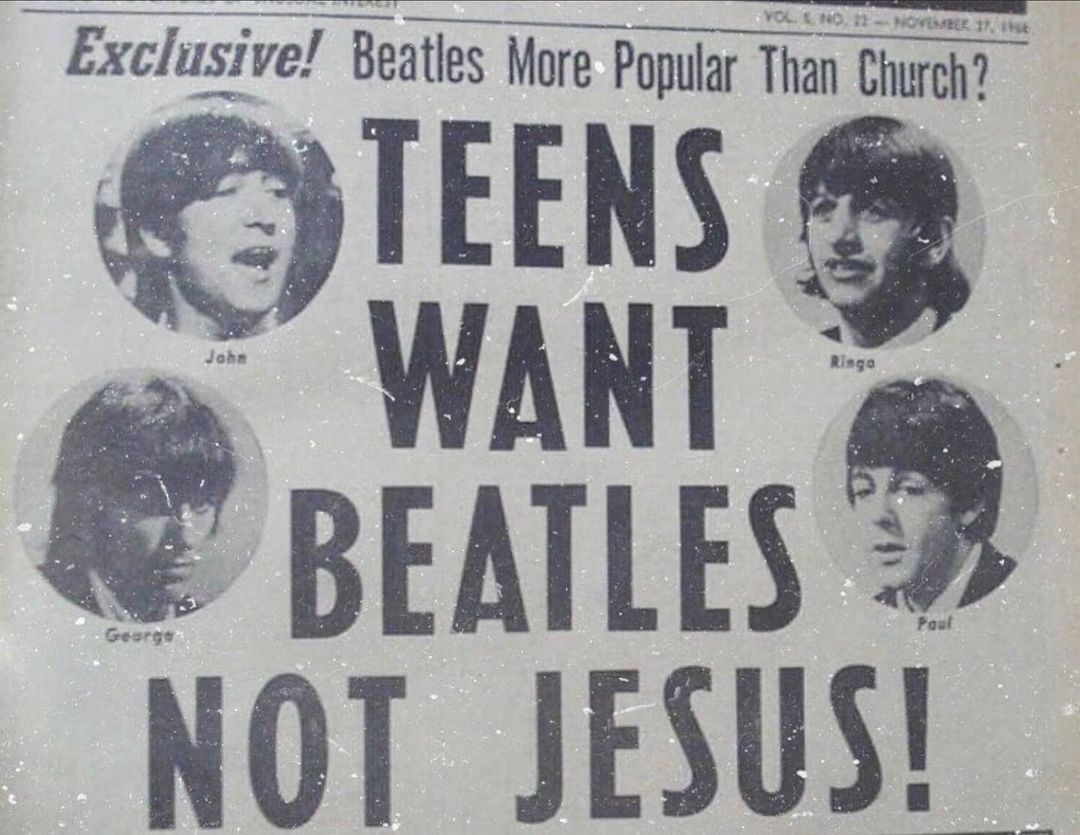
The most important thing to remember about Lennon’s quote is that publications kind of took it out of context. Lennon was speaking specifically about The Beatles being “more popular than Jesus” in that current moment in the UK. He was being interviewed by a newspaper in the UK and speaking about the current “popularity” of religion among the emerging generation. Which, to be fair to him, was much less in the UK than in the US. Again, when the article was originally published in the UK, it didn’t stir up much controversy.
A similar thing might be happening with Taylor Swift in the US. Christianity in the US has been declining for some time; with the percentage of American adults who are Christian at around 63%, as of 202121How U.S. religious composition has changed in recent decades. Pew Research Center. 2022, Sep 13., and the percentage of American adults who are fans of Taylor Swift, again, at 53%.22Dellatto, Marisa. More Than Half Of U.S. Adults Say They’re Taylor Swift Fans, Survey Finds. Forbes. 2023, Mar 14. If the current trends continue of the precentage of Christians declining and the percentage of Swift fans increasing, maybe then Taylor Swift could too claim that she is “more popular than Jesus,” or at very least, comparable to Jesus. In fact, she already has in a way.
The “Messianic Complex”
Interestingly enough, John Lennon is not the only one who has compared himself to Jesus. Taylor Swift has done so as well, though much less obviously and overtly. In the song “Guilty as Sin” on her most recent album “The Tortured Poets Department,” she sings the lyric:
“What if I roll the stone away / They’re gonna crucify me anyway.”
23Taylor Swift. “Guilty as Sin?” The Tortured Poets Department, Taylor Swift, 2024. Spotify.
This line is very similar to a lyric in one of The Beatles’ songs, “The Ballad of John and Yoko:”
“Christ, you know it ain’t easy, you know how hard it can be / The way things are going, they’re gonna crucify me.”
24The Beatles. “The Ballad of John and Yoko.” Universal Music Group, 1969.
Taylor Swift also referenced herself in relation to crucifixion in the music video for the song “Look What You Made Me Do,” where she showed this visual of herself:
This is a result of something called the “Jesus complex” (and/or The “Messianic Complex”). A “god complex” is someone’s belief that they are better or more powerful than others, usually as the result of an inflated ego or a narcissistic personality disorder. The “Jesus complex” can be defined as the belief or perception of oneself as comparable or equal to Jesus — a mindset that may develop when an individual transcends A-list celebrity status to achieve an unprecedented and overwhelming level of fame.

The “Jesus complex” is unique to a god complex in the fact that while in addition to that sense of inflated ego, there is also the sense that everyone is out to get you — you might feel simultaneously worshiped and crucified, much like Jesus was. This “complex” is not as uncommon and grandiose as it might sound. Multiple other celebrities have compared themselves to Jesus or god in some capacity — most notably, Kanye West, in addition to both Madonna and Michael Jackson.
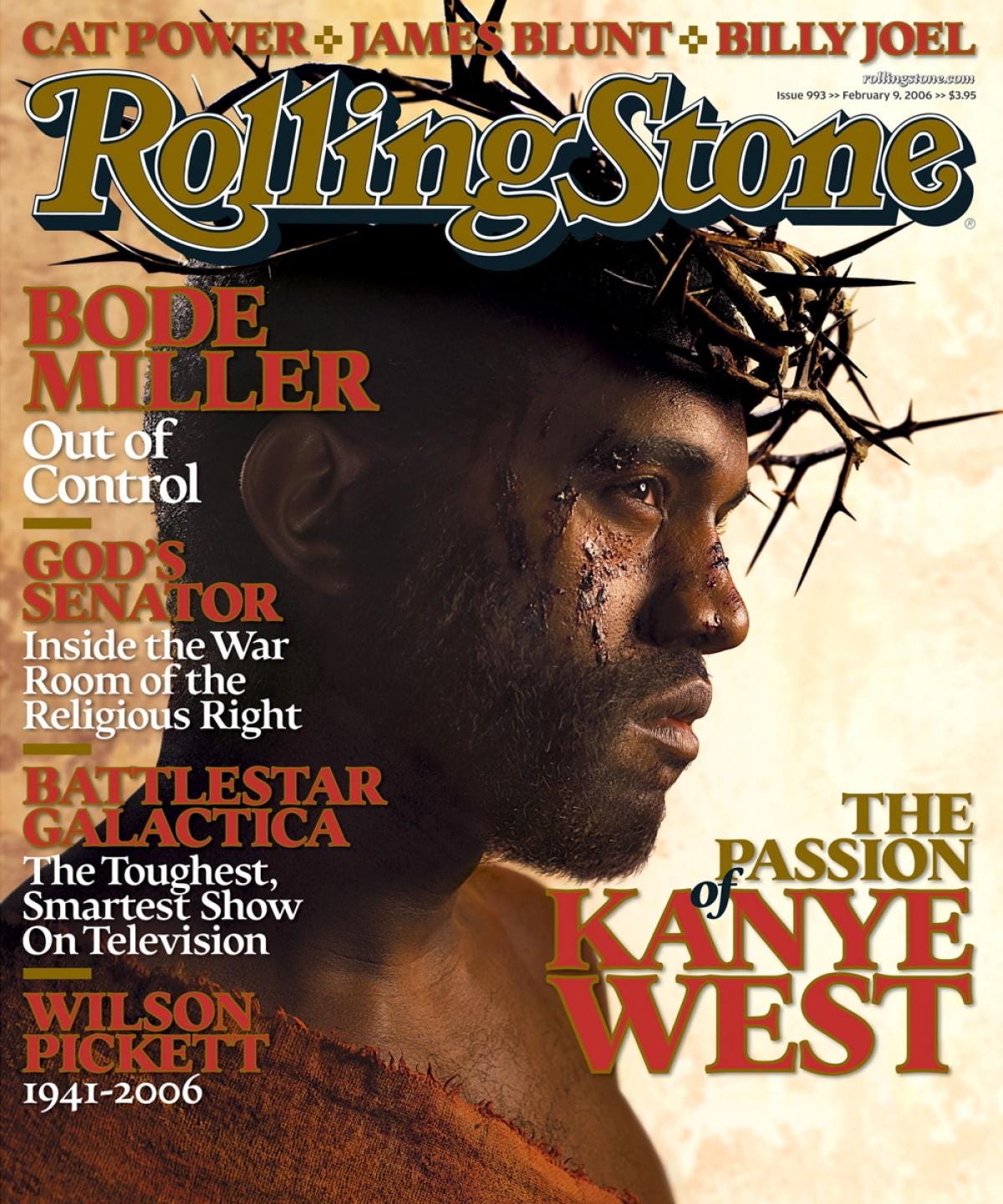
The thing is that humans were never supposed to be known by as many people as John Lennon was, or as Taylor Swift is. Even the concept of a C or D-list celebrity with a small amount of fame would have been preposterous to people who lived before the internet or television, and the concept of simply someone from another country seeing you would have been extremely rare to people before airplanes.
People who don’t have that level of fame will never be able to fathom what it’s like to know that while you know a handful of people, everybody knows you. It seems that when some people rise to the level of fame that John Lennon did, they feel simultaneously so powerful and influential to some, and also so incredibly disliked by others, that there is no one else left to relate to but Jesus.

The main difference between John Lennon and Jesus, obviously, is that Jesus has been “popular” (if we can even call it that) for thousands of years. The Beatles have been popular for less than seventy, and Taylor Swift for less than twenty. But it’s possible that if we were to reach the level of fame that they have, we would become convinced we can relate to Jesus too.
So perhaps this level of fame falls somewhere in between fame and worship, landing somewhere around idolization.
The Intersection Of Religion & Fan Culture
While there are multiple definitions for “fandom,” it can be effectively summarized as a community or culture of fans who share a common interest and engage with one another regarding that interest.
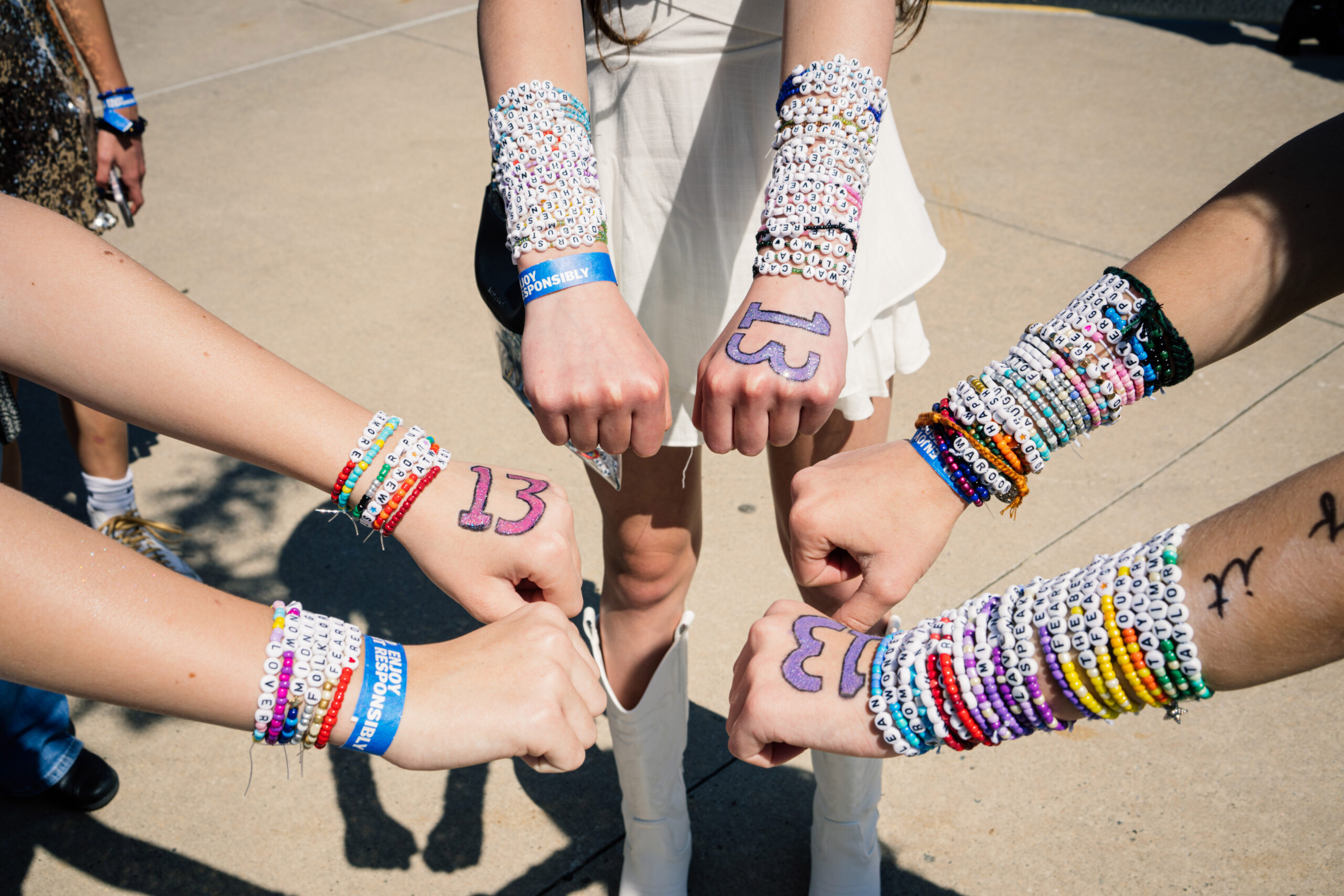
Practices for participating in a fandom could include things like discussing with other fans online, writing fanfiction, creating fan art or merchandise, taking part in fan traditions or “rituals” unique to the fandom (such as making friendship bracelets to trade with other fans at the Eras Tour), or even going to fan conventions and cosplaying.
In that same Paul Johnson piece he says that “the teenager comes not to hear but to participate in a ritual.”25Johnson, Paul. The Menace of Beatlism. The New Statesman. 1964, Feb 28. While most likely teenagers did not come to Beatles shows solely “to participate in a ritual,” there is no denying that that was certainly a part of it. Linda Grant, interviewed by The Guardian, said that she —
“didn’t understand why you had to scream and [she] didn’t have an impulse to scream but it was what you did. It was mandatory. There was this cult-like element to it.”
26Lynskey, Dorian. Beatlemania: ‘the screamers’ and other tales of fandom. The Guardian. 2013, Sep 28.
When there is such a huge fanbase that it practically becomes its own subculture, it seems that these “cult-like” or religious “rituals” pop up more and more often.
Religion, on the other hand, is a highly complex and diverse concept. However, it can generally be defined as “a personal set or institutionalized system of religious attitudes, beliefs, and practices.”27“Religion.” Merriam-Webster.com Dictionary. Accessed 2024, Sep 9. In this sense, although it may seem unconventional, fandom can be seen as analogous to religion — except that, rather than worshiping or believing in a spiritual being, fandoms revolve around the artist, the book, the movie, or other cultural figures and works.
In a 2001 UK census report asking for religious identity, almost four-hundred thousand people actually filled out their religious identity as “Jedi” — referring to “Jediism,” — a religion based on the morals and beliefs of the Jedi in the Star Wars franchise. At around 0.7% of the population, this would have made it the 4th most popular religion in the UK at the time, behind Christians, Muslims, and Hindus.28How religion has changed in England and Wales. Office for National Statistics. 2015, Jun 4.

This was the result of a kind of grassroots campaign in the Star Wars fandom to have enough people write in Jedi that it would become recognized as a real religion. It is generally believed that most of these people wrote it in as a joke, but in a BBC news article, it is stated that “a researcher in the Divinity Faculty of Cambridge University estimates that there are about 2,000 people in the UK who are “very genuine” about being Jedi.” It may have started out as a joke, but it seems like after the census report, some Star Wars fans have started adopting it into their real lives in some aspect or another.29De Castella, Tom. Have Jedi created a new ‘religion’? BBC News Magazine. 2014, Oct 25.
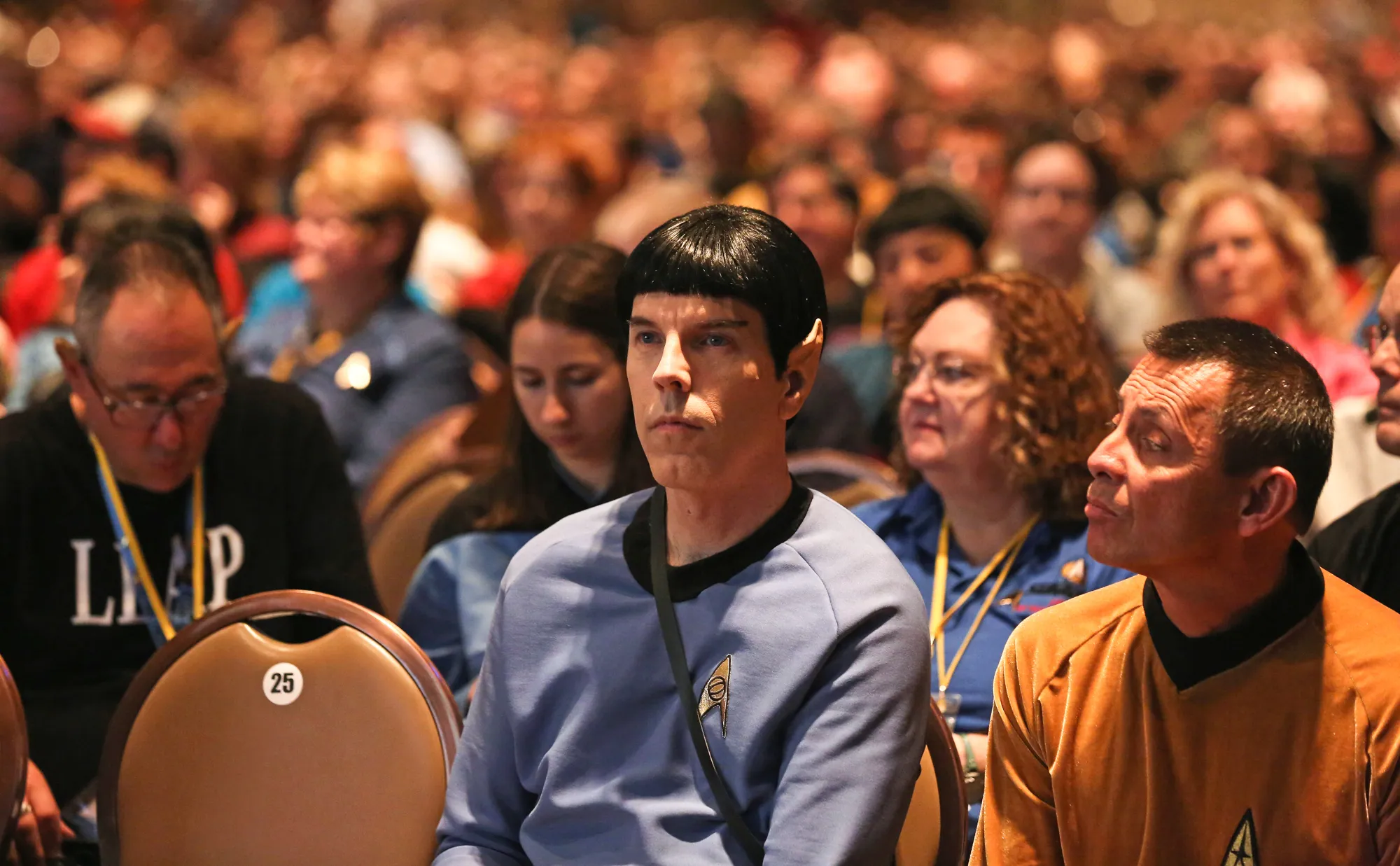
Michael Jindra at the University of Wisconsin-Madison wrote a paper in 1994 titled “Star Trek Fandom as a Religious Phenomenon.” In this paper, he outlines his argument that the fandom has “features that parallel[ed] a religious-type movement: an origin myth, a set of beliefs, an organization, and some of the most active and creative members to be found anywhere.”
And his argument is only reinforced by the inclusion of Nicholas Meyer’s (Star Trek’s writer and director) agreement that:
“Star Trek has evolved into a sort of secular parallel to the Catholic Mass.”
30Jindra, Michael. “Star Trek Fandom as a Religious Phenomenon.” Sociology of Religion, vol. 55, no. 1, 1994, pp. 27–51. JSTOR. 1994, Spring.
When fandoms get as large as the Star Trek fandom, or The Beatles’, or Taylor Swift’s, we can consider them, as Meyer puts it, “a sort of secular” religion. And when they become this large, this devoted, this religious—there are extreme outcomes.
The Impact Of Fandoms Reaching Massive Scale
What occurs when fandoms expand beyond the confines of being merely a “fandom” and evolve into something greater? How does this transformation affect artists when their popularity reaches a point where they compare themselves to figures like Jesus, and what consequences did John Lennon face as a result of making such comparisons?
The Upsides
Before exploring the negative aspects, it is crucial to recognize the positive outcomes that can arise from a large fandom. When a fandom grows, it inherently leads to increased content and enthusiasm surrounding the subject of interest. A larger audience means an expanded market, and with this growth comes more opportunities for new content to be produced.

For example, movies and television adaptations of books often only secure funding when the fandom is substantial enough to support them. The same is true for merchandise production, concert tours, and even large-scale projects like theme parks. Simply put, the larger the fandom, the more avenues there are for fans to engage with what they love, resulting in a richer and more diverse experience.
A larger fandom also brings an expanded community for interaction. It fosters subcultures within subcultures, shared inside jokes, enriched discussions, and diverse conversations. With a bigger fandom, there is also a greater likelihood of encountering others who share the same enthusiasm, creating a more connected and engaging community experience.
The Downsides
With that being said, devoted fandoms can’t be all good. One consequence of these large fandoms is simply the degree to which they are devoted — it can become extreme and obsessive. Dig far enough into any huge fandom and you’ll find a slew of death threats for people who talk negatively about their fandom or “idol,” conspiracy theories about the celebrity’s personal life, misogynistic, homophobic, or racist rhetoric, and a level of intense parasocial relationships that is beyond comprehension.
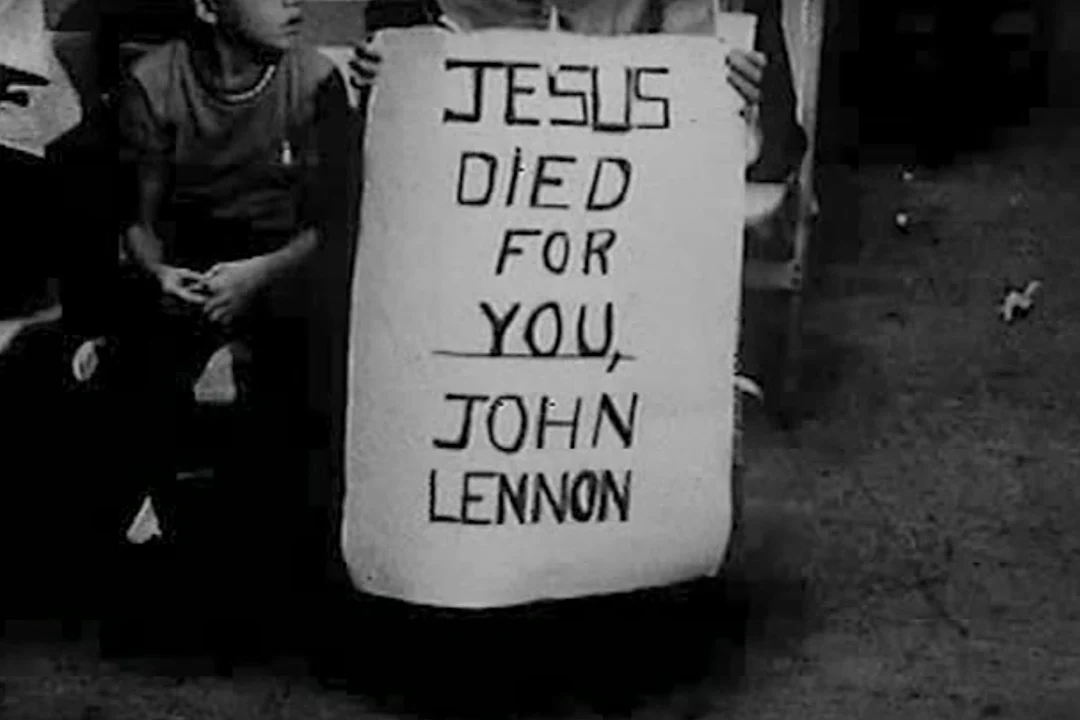
There is a certain paradoxical element that comes with parasocial relationships — some fans are so invested in the fandom that they believe they almost know the artist or celebrity on a personal level, yet simultaneously believe they have the complete authority to thoroughly analyze and dissect their life; something people who actually are close to the artist most certainly don’t do. There is also an extremity that comes with it. An obsessive quality that can grow from harmful online threats and discussions into something even more dangerous.
In 1966 on The Beatles’ third tour of the United States, two female fans in New York City climbed onto the twenty-first floor of the Americana Hotel and threatened to jump “unless [they got] to see the Beatles.”31Beatle Fans Threaten Death Leap. The Spokesman Review. 1966, Aug 23.
This is where that religious-like devotion of large fandoms begins to blend together harmfully with mental health issues. Obviously, these girls were not threatening to jump solely because they were big fans of The Beatles — there was something else going on in their lives.
But regardless, a devoted, obsessive, parasocial relationship is definitely not something that combines well with poor or fragile mental health.
The Death Of John Lennon
Let’s get back to what happened with John Lennon’s “more popular than Jesus” quote. After being republished in the (at the time) ultra-Christian climate of the United States, things changed for him. It was like people were playing a game of telephone with it — his whole quote within the context of being published in a UK newspaper got boiled down to the simple sentiment of “we think we are more popular than Jesus.”
SgtDavid16. 10 Feb. 2010.
And people in the US really did not like that. Many Americans began to consider him egotistical, and conservative Christians outright hated him. Some radio stations, specifically ones in the South, started refusing to play Beatles music.32 Runtagh, Jordan. When John Lennon’s ‘More Popular Than Jesus’ Controversy Turned Ugly. Rolling Stone. 2016, July 29.
Their next tour was plagued with threats and protests from religious zealots, who included but were not limited to the actual KKK. When a group of kids set off a firecracker at their show in Memphis that they thought was a gunshot, the four of them decided they wanted to be done with performing live. John Lennon said this about that Memphis show:
“I didn’t want to tour again, especially after having been accused of crucifying Jesus when all I’d made was a flippant remark, and having to stand with the Klan outside and firecrackers going on inside. I couldn’t take any more.”
33Runtagh, Jordan. When John Lennon’s ‘More Popular Than Jesus’ Controversy Turned Ugly. Rolling Stone. 2016, Jul 29.
This 1966 tour would end up being their last — they had begun to hate the spotlight and all the scary consequences that came with it, but they continued to release music together until 1970. Their breakup was mainly attributed to the grief over the death of their manager Brian Epstein, but the band had also just grown tired of the chaos of Beatlemania and the “Jesus” controversy a while ago.
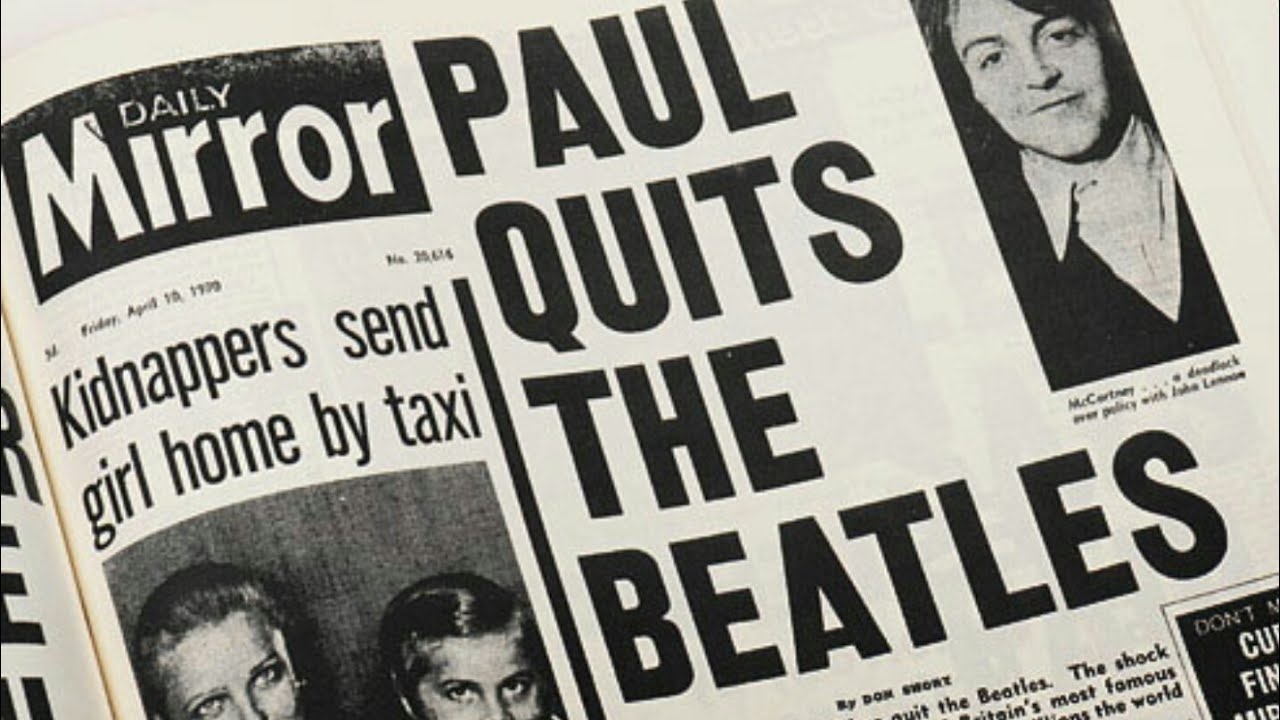
The band then began releasing their own solo music, and John found himself in another (though much less well-known) controversy with the same Christians who already disliked him for his song “Imagine.” The song “imagines” a united world that is peaceful — one that does not have people fighting over religions or possessions; or having “nothing to live or die for.” The song opens with the lyric: “Imagine there’s no heaven / It’s easy if you try.”34John Lennon. “Imagine.” Imagine, Apple Records, 1971. This lyric and song as a whole only added to the sentiment that Lennon was anti-Christ and sacrilegious.
In October of 1980, John Lennon was tragically murdered by Mark David Chapman, a Beatles ex-fan. He was fond of Lennon in particular and as a Christian, was very disappointed by Lennon’s 1966 “more popular than Jesus” interview.35Sloane, Danielle. Inside the mind of John Lennon’s killer. CNN. 2015, Dec 8.
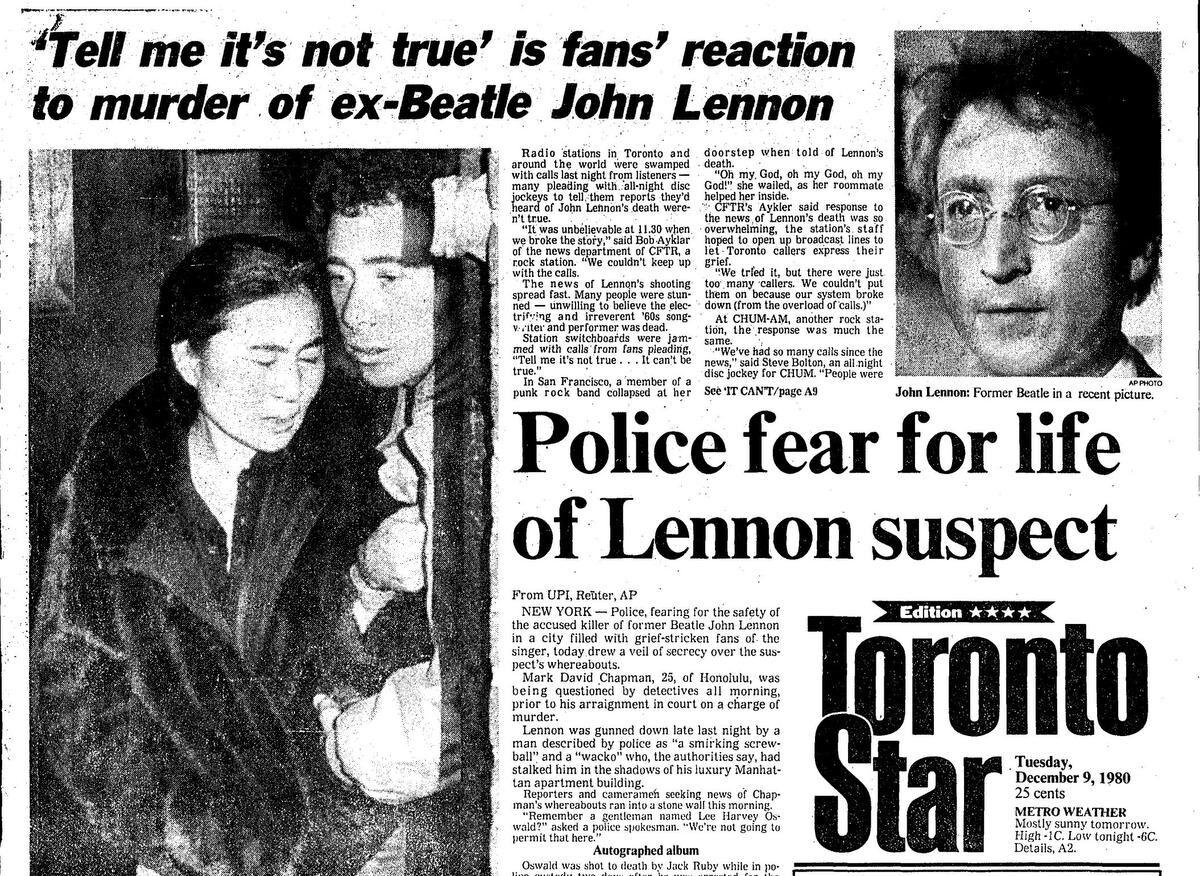
Chapman read and became obsessed with J.D. Salinger’s novel Catcher in the Rye, because he identified heavily with the main character, Holden Caulfield. In addition to being a loner and an outcast, one of Holden Caulfield’s main traits is hating the hypocrisy of adults and people who are “phonies,” or people who act fake.36Salinger, J.D. Catcher in the Rye. Little, Brown and Company. 1951. Chapman agreed with this sentiment, and felt that John Lennon was a “phony.”37Kaplan, Michael. Mark David Chapman’s deranged confession, John Lennon’s final words revealed 43 years after shocking murder. The New York Post. 2023, Dec 4.
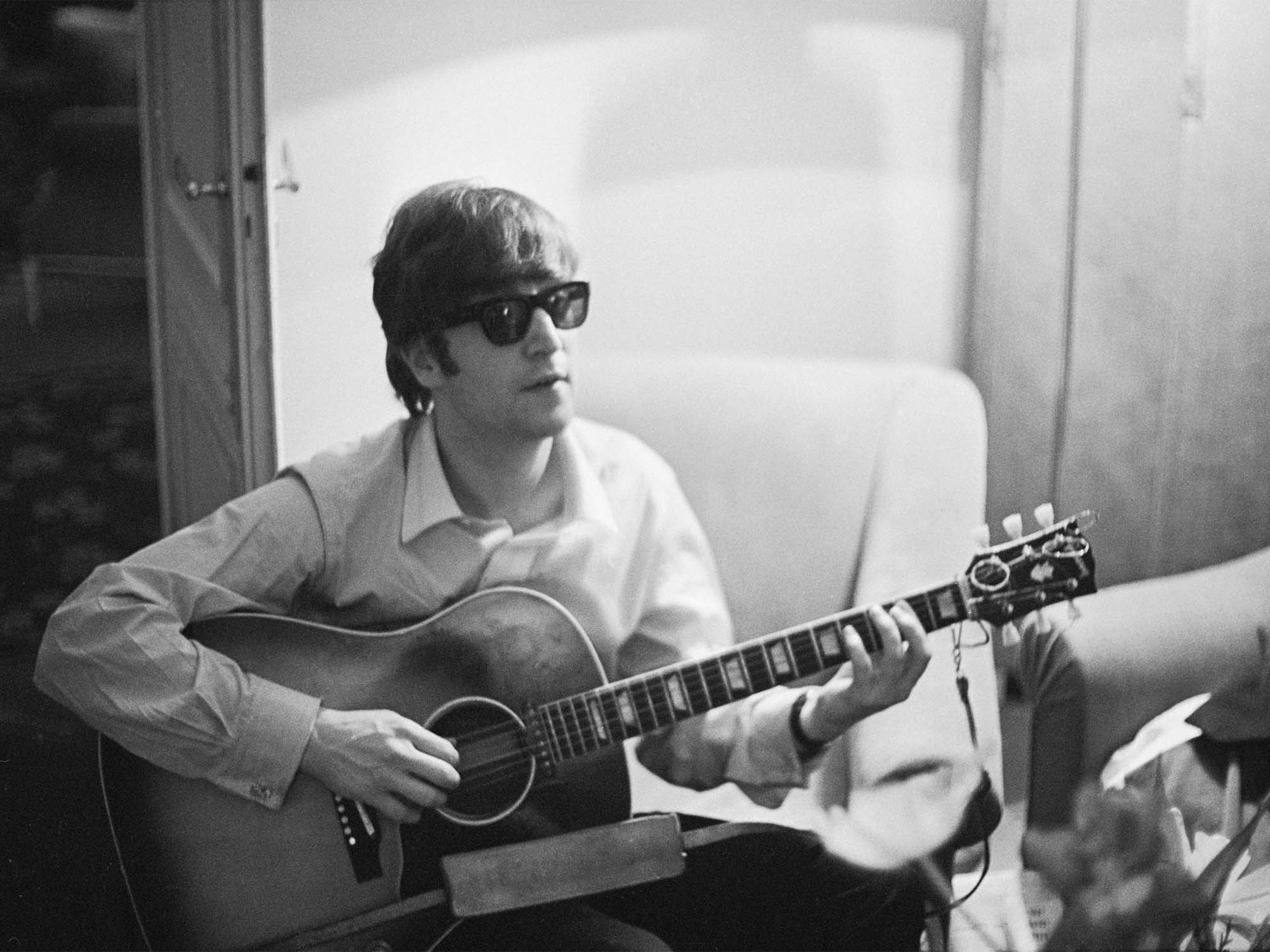
This, combined with his very obsessive personality and history of past mental health issues, was enough to drive him to kill John Lennon. For someone who grew as obsessed with his interests as Chapman did, it’s possible that once he was no longer a fan of Lennon, he became obsessed with the opposite — hating him and planning his death.
According to an interview that was obtained by CNN, Chapman said that after waiting a while for John Lennon to exit his apartment with the plans to murder him, Chapman “was just so excited to see him.”38Sloane, Danielle. Inside the mind of John Lennon’s killer. CNN. 2015, Dec 8.
Reflections On The Interplay Between Fame & Fan Culture
Make no mistake: fandom itself was not the cause of that tragedy. It was simply due to the fact that when a fandom gets so large, when the net gets cast as wide as it does, there will inevitably be dangerous or extremist fans who are aware of and have opinions about the artist.
Beatlemania and John Lennon’s death is a cautionary tale for what can happen when fans start to worship celebrities to the extent of a god, holding them to the same standard as one, condemning or “crucifying” them for things they don’t like. It’s a cautionary tale for huge fandoms in the modern era, like Taylor Swift’s.
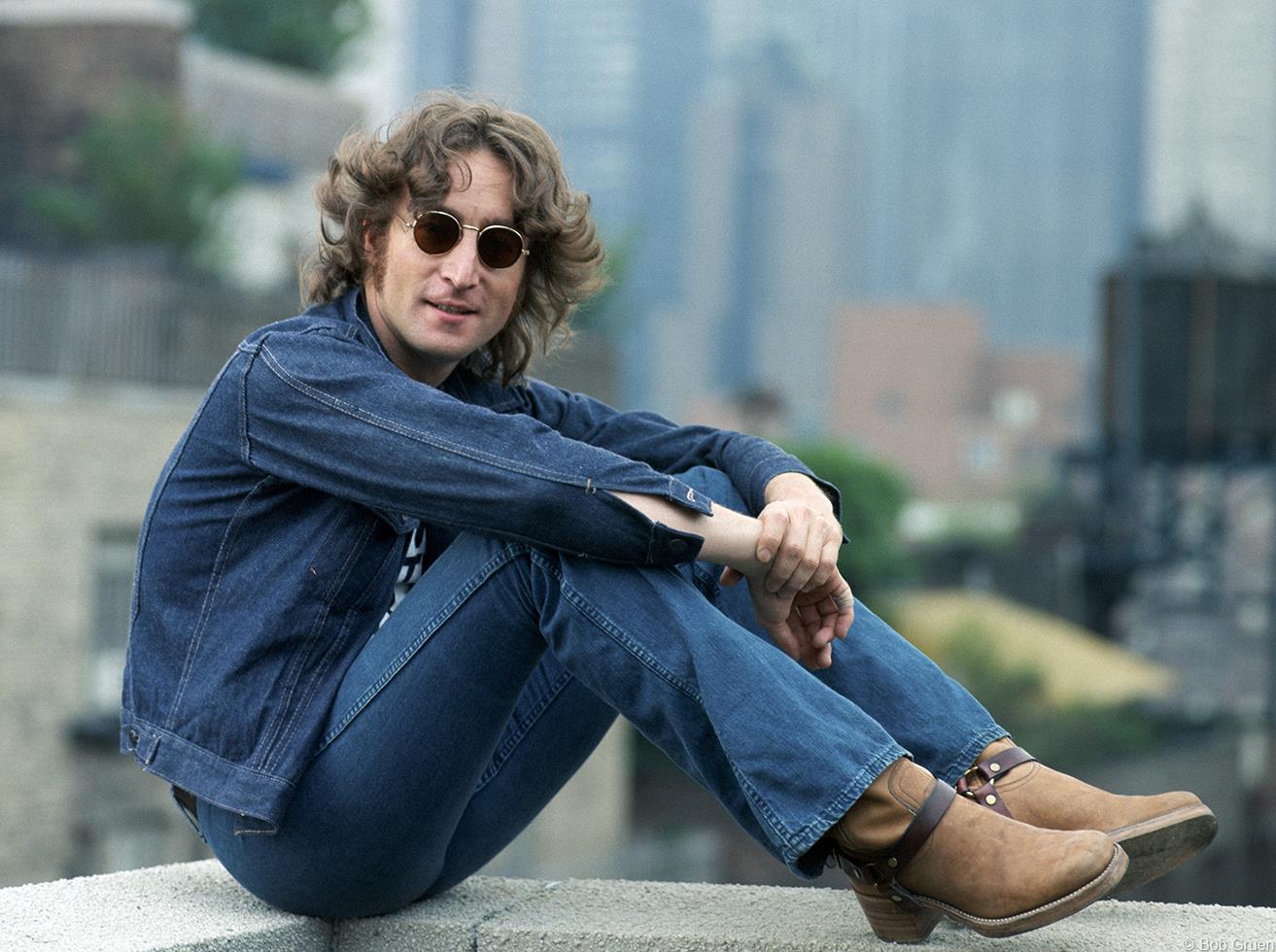
No matter how many celebrities develop that “Jesus complex,” or how large fandoms get that they start to feel akin to religions, we must never see artists as anything more than people who happen to be famous. We cannot let the lines blur between person, idol, and god, because therein lies the potential danger of a fandom.
Footnotes
- 1Cleave, Maureen. How Does A Beatle Live? John Lennon Lives Like This. The Evening Standard. 1966, Mar 4.
- 2Lynskey, Dorian. Beatlemania: ‘the screamers’ and other tales of fandom. The Guardian. 2013, Sep 28.
- 3Wickman, Forrest. “BEATLEMANIA!” Is Born. Slate. 2013, Oct 24.
- 4Lynskey, Dorian. Beatlemania: ‘the screamers’ and other tales of fandom. The Guardian. 2013, Sep 28.
- 5Beaumont, Mark. Crazed girls, loose bladders, and JFK: How The Beatles defied the odds to break America. The Independent. 2024, Feb 7.
- 6Estimates of the Population of the United States January 1, 1950 to May 1, 1964. Census.gov. 1964, Jun 12.
- 7Zellner, Xander. 10 Chart Records The Beatles Still Hold on the Hot 100 or Billboard 200. Billboard. 2023, Nov 14.
- 8Taylor Swift. “Folklore.” Taylor Swift, 2020. Spotify.
- 9Taylor Swift. “Evermore.” Taylor Swift, 2020. Spotify.
- 10Yglesias, Ana Monroy. Taylor Swift Wins Album Of The Year For ‘Folklore’ | 2021 GRAMMY Awards Show. Grammy. 2021, Mar 15.
- 11Taylor Swift. “Midnights.” Taylor Swift, 2022. Spotify.
- 12Saraiva, Augusta. Welcome to ‘Swiftonomics’: What Taylor Swift reveals about the U.S. economy. Los Angeles Times. 2022, Nov 23.
- 13McCluskey, Megan. As Taylor Swift’s Eras Tour Hits One Year, Let’s Take a Look at Its Staggering Numbers. Time Magazine. 2024, Mar 15.
- 14Johnson, Paul. The Menace of Beatlism. The New Statesman. 1964, Feb 28
- 15Grady, Constance. Who runs the world? Not teen girls. Vox. 2021, Jun 21.
- 16Martin, Roland. Parasocial interaction. Encyclopedia Britannica. 2023, Sep 22.
- 17Dellatto, Marisa. More Than Half Of U.S. Adults Say They’re Taylor Swift Fans, Survey Finds. Forbes. 2023, Mar 14.
- 18Taylor Swift Chart History. Billboard. Accessed 2024, Sep 6.
- 19The Beatles Chart History. Billboard. Accessed 2024, Sep 6.
- 20Cleave, Maureen. How Does A Beatle Live? John Lennon Lives Like This. The Evening Standard. 1966, Mar 4.
- 21How U.S. religious composition has changed in recent decades. Pew Research Center. 2022, Sep 13.
- 22Dellatto, Marisa. More Than Half Of U.S. Adults Say They’re Taylor Swift Fans, Survey Finds. Forbes. 2023, Mar 14.
- 23Taylor Swift. “Guilty as Sin?” The Tortured Poets Department, Taylor Swift, 2024. Spotify.
- 24The Beatles. “The Ballad of John and Yoko.” Universal Music Group, 1969.
- 25Johnson, Paul. The Menace of Beatlism. The New Statesman. 1964, Feb 28.
- 26Lynskey, Dorian. Beatlemania: ‘the screamers’ and other tales of fandom. The Guardian. 2013, Sep 28.
- 27“Religion.” Merriam-Webster.com Dictionary. Accessed 2024, Sep 9.
- 28How religion has changed in England and Wales. Office for National Statistics. 2015, Jun 4.
- 29De Castella, Tom. Have Jedi created a new ‘religion’? BBC News Magazine. 2014, Oct 25.
- 30Jindra, Michael. “Star Trek Fandom as a Religious Phenomenon.” Sociology of Religion, vol. 55, no. 1, 1994, pp. 27–51. JSTOR. 1994, Spring.
- 31Beatle Fans Threaten Death Leap. The Spokesman Review. 1966, Aug 23.
- 32Runtagh, Jordan. When John Lennon’s ‘More Popular Than Jesus’ Controversy Turned Ugly. Rolling Stone. 2016, July 29.
- 33Runtagh, Jordan. When John Lennon’s ‘More Popular Than Jesus’ Controversy Turned Ugly. Rolling Stone. 2016, Jul 29.
- 34John Lennon. “Imagine.” Imagine, Apple Records, 1971.
- 35Sloane, Danielle. Inside the mind of John Lennon’s killer. CNN. 2015, Dec 8.
- 36Salinger, J.D. Catcher in the Rye. Little, Brown and Company. 1951.
- 37Kaplan, Michael. Mark David Chapman’s deranged confession, John Lennon’s final words revealed 43 years after shocking murder. The New York Post. 2023, Dec 4.
- 38Sloane, Danielle. Inside the mind of John Lennon’s killer. CNN. 2015, Dec 8.
